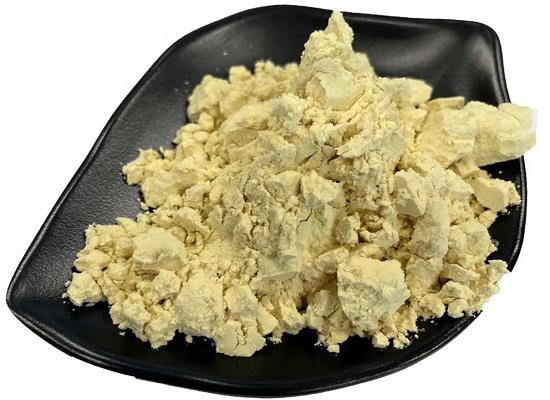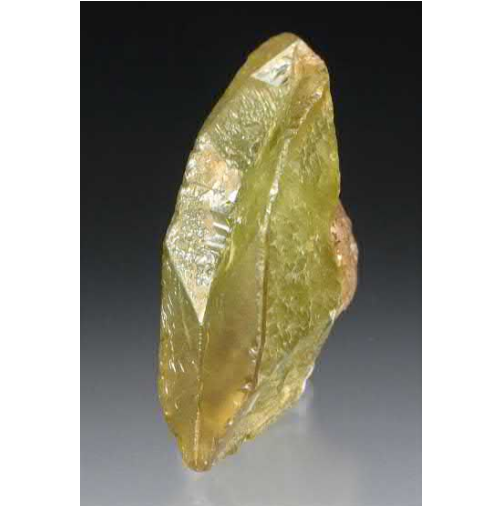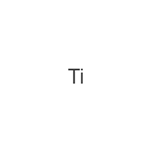Titanium:Crystal structure,Discovery,Major minerals,Uses
May 28,2024
As a metal, titanium is known for its high strength-to-weight ratio. It is a strong metal with low density that is rather ductile (in particular in the absence of oxygen), lustrous, and metallic-white in color. The relatively high melting point (.1650C) makes it useful as a refractory metal. It is paramagnetic and has rather low electrical and thermal conductivity than other metals. Titanium is superconducting when cooled below its critical temperature of 0.49K.
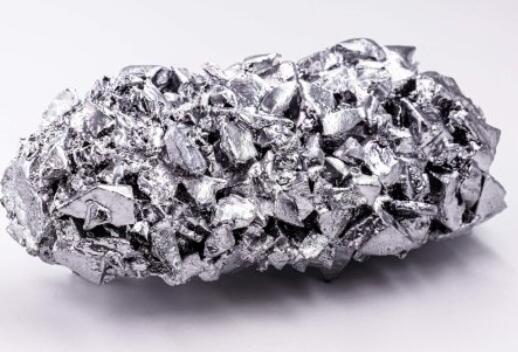
Fig1 Titanium
Discovery
Titanium was first found in 1791 by the clergyman and amateur geologist, William Gregor (December 25, 1761 to June 11, 1817), as an inclusion of a mineral in Cornwall, Great Britain. He recognized the presence of a new element in the mineral ilmenite (FeTiO3) after he found black sand by a stream and noticed the sand was attracted by a magnet.Pure metallic titanium (99.9%) was for the first time synthesized in 1910 by the New Zealand born metallurgist and inventor Matthew A. Hunter (1878 1961) at Rensselaer Polytechnic Institute by heating TiCl4 with sodium at 700C 800C under high pressure in a batch process now known as the Hunter process. Titanium metal was not utilized outside the laboratory until 1932 when Luxembourgish metallurgist William Justin Kroll (November 24, 1889 to March 30, 1973) showed that it can be formed by reducing titanium tetrachloride (TiCl4) with calcium.
Crystal structure
Titanium is a dimorphic allotrope of a hexagonal α form that transforms into a body-centered cubic β form at 882C. The specific heat of the α form increases dramatically as it is heated to this transition temperature but then drops and remains rather constant for the β form irrespective of temperature.
Major minerals
The number of minerals containing titanium comes up to just over 400. Titanium does occur as a natural native element (Ti) as well as nitride osbornite (TiN), phosphide florenskyite (FeTiP), carbide khamrabaevite ((Ti, V, Fe)C), and silicide zangboite (TiFeSi2). The sulfide class contains only one mineral: heideite ((Fe, Cr)1.15(Ti, Fe)2S4). Some of the best-known minerals containing Ti are found in the oxide class (which contains more than 100 minerals), for example, anatase (TiO2), brookite (TiO2), etc.
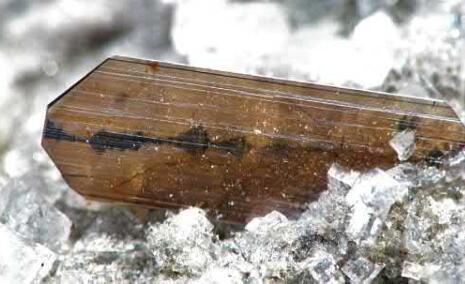
Fig2 Brookite
Uses
Approximately 95% of all Ti ore is destined for refinement into titanium dioxide (TiO2), a white permanent pigment used in paints, paper, toothpaste, and plastics. It is also used in a variety of other products, such as in cement, in gemstones, as an optical opacifier in paper, and as a strengthening agent in graphite composite fishing rods and golf clubs.
- Related articles
- Related Qustion
- Synthesis of Titanium Jul 11, 2024
Due to its great affinity for a large number of elements, the preparation of titanium poses considerable difficulties.
- Interesting Facts About Titanium Mar 12, 2024
Titanium (Ti) is a strong, silver-gray metal that is highly resistant to corrosion and is chemically inert. It is widely used in surgical implants, automotive sun visors, aircraft bodies, and eyeglass frames.
- Titanium Crystal Nov 21, 2023
Titanium Ti takes two types of crystal systems, the a-type (low temperature type) and the b-type (the high temperature type is stable above 882℃).
Urolithin A, a naturally occurring compound derived from dietary sources, has swiftly emerged as a prominent subject of investigation in muscle health and performance.....
Jan 9,2025APINatural Ca is a mixture of five stable isotopes (40Ca, 42Ca, 43Ca, 44Ca, and 46Ca) and one radioisotope with a half-life so long that it can be thought of as stable for all practical purposes (48Ca, with a half-life of about 4.3 3 1019 year....
May 28,2024Inorganic chemistry



